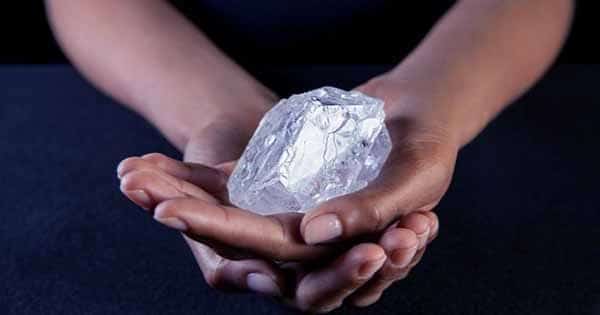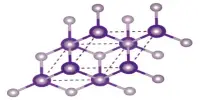The researchers have discovered a disturbing mineral in the interior of an iron meteorite that fell in Russia two years ago. Although only microscopic crystals were discovered, researchers were able to estimate some of its properties, including its hardness.
The team thinks that new minerals can be as hard as diamonds. The discovery was announced at the 81st Annual Meeting of The Meteorological Society. The mineral was named “uakitite” after the asteroid named Uakit. Eucalyptus is made of a transitional metal called nitrogen and vanadium.
This is the first example of vanadium nitride found in nature and it is also the first example of a natural compound made by oxygen-free vanadium and nitrogen.
Senior author Professor Viktor Grokhovsky, from Ural Federal University (UrFU), said in a statement, “To prove the discovery of a new mineral, it is necessary to obtain data on its crystal structure.” “Since the size of the eukaryotes is very small, about 1-5 microns, it was impossible to solve this problem by the conventional method of X-ray analysis. The structure was studied using electronic isolation in the equipment of UrFU Scientific and Educational Center Nanomaterials and Nanotechnologies.”
Isolation of electrons is one of the few methods that use electrons instead of light to study microscopic structures. The crystals inside the meteorite were either in the shape of a cube or in a small sphere depending on the minerals they embedded. The chemical structure was similar to other well-known nitride minerals.
The physical properties of the specimens were not directly found since the specimens were so small, but by studying the atomic configuration in the crystals the team was able to compare it with a synthetic version of vanadium nitride. Vanadium nitride is twice as thick as diamond and it hardens on the Mohs scale, between nine and ten.
Diamond is the hardest material at a hardness of 10 Meteor rivals continue to provide researchers with fascinating traces of extreme mineralogy – some never seen before, some just produced in the lab, and others helping us understand the solar system before the Earth formed.












